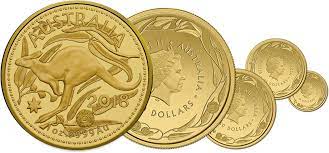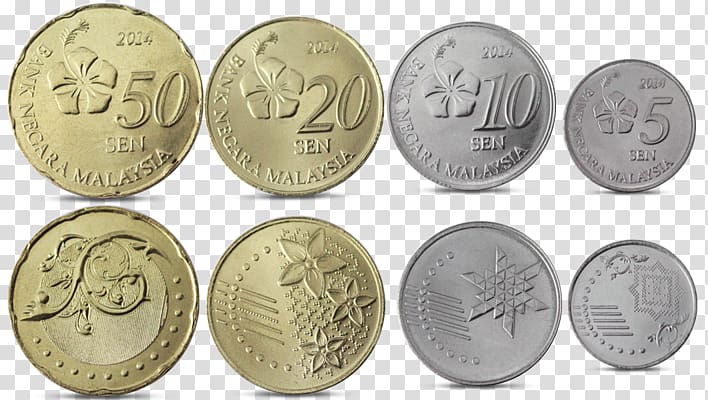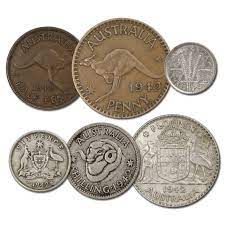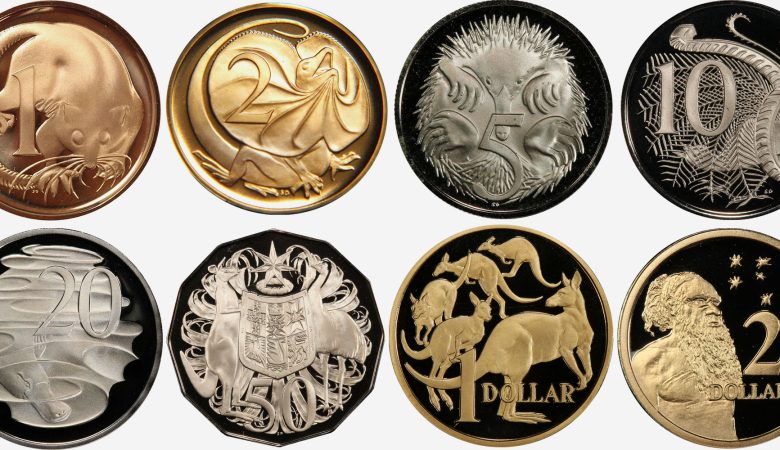Introduction:
Coins are physical remnants of a country’s history, culture, and identity. They are little metal discs decorated with symbols, pictures, and elaborate designs. Coins are more than just money. Australia’s numismatic narrative reflects its complex past and lively present, with a unique combination of Indigenous heritage and colonial history. This paper embarks on a numismatic tour around Australia, delving into the evolution of the country’s coins, their narratives, and their significance in forming the identity of the country.
I. Indigenous Heritage on Coins:
A. Dreamtime Stories: While national emblems or political figures are often shown on coins, Australia has defied tradition by integrating Dreamtime stories and Indigenous art on its money. For example, the legendary Dreamtime snake, a potent emblem in Indigenous mythology, is frequently featured on the 50-cent coin.
B. Recognition of Indigenous Contributions: Indigenous Australians who have made noteworthy contributions to the country are honored in recent coin issues. The inclusion of figures such as Eddie Mabo, a pivotal player in the realm of Indigenous land rights, on commemorative coins demonstrates Australia’s dedication to valuing the diversity of its populace.
II. Early Colonial Coinage:
A. Holey Dollars and Dump Coins: Throughout its early colonial history, Australia was known for using “holey dollars” and “dump coins.” These unusual coins were among the first used in the colony of New South Wales. They were made by punching a hole in the middle of Spanish pesos. The inventiveness of the early colonizers is reflected in the inventive ways that coins have been used.
B. Rarity and Historical Significance: These days, collectors prize holey dollars and dumps for their historical value as well as their scarcity. These coins operate as physical relics that connect modern Australia to its history as a penal colony and the struggles encountered by the first immigrants.
III. The Evolution of Australian Currency:
A. Pre-Decimal Coinage: In Australia, pounds, shillings, and pence were used prior to the adoption of decimal currency. Famous coins like the florin and threepence feature native animals and British rulers, symbolizing the nation’s colonial past and distinctive fauna.
B. Decimalization and the Introduction of the Dollar: A big turning point was the 1966 switch to decimal money. The Australian dollar and cent coins were introduced, streamlining the nation’s monetary system and highlighting its aim to demonstrate its economic independence.
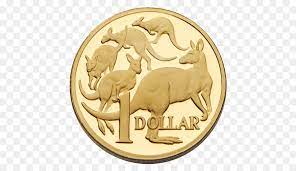
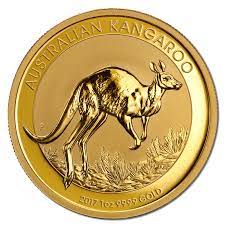
IV. Commemorative Coins and National Symbols:
A. Bicentennial Celebrations: A number of commemorative coins were released in 1988 in response to Australia’s bicentennial celebrations. These coins, which are decorated with pictures that honor the history and accomplishments of the country, act as a visual record of Australia’s expansion and advancement.
B. Animal Kingdom on Coins: Australian coins frequently showcase the distinctive biodiversity of the nation. Popular symbols like kangaroos, kookaburras, and platypuses contribute to Australia’s numismatic aesthetic while also symbolizing the country’s biodiversity.
V. The Royal Australian Mint and Perth Mint:
A. Royal Australian Mint: The Royal Australian Mint in Canberra was founded in 1965 and is in charge of minting collector’s and commemorative coins in addition to circulation currency. Beyond only minting coins, it also actively supports coin collecting and numismatic education.
B. Perth Mint: On the other hand, the Perth Mint is essential to the production of gold and silver coins, especially those that are prized by investors and collectors across the world. It has established itself as a major participant in the global precious metals industry because to its dedication to quality and innovation.
VI. Limited Editions and Collectible Coins:
A. Gold and Silver Commemoratives: The mints in Australia have become well-known worldwide for producing limited-edition gold and silver coins. Commemoratives, which frequently have distinctive themes and designs, draw investors and collectors alike and raise the numismatic status of Australian coins.
B. Innovative Technologies: The use of cutting-edge technology, such holography and colorization, has given Australian coins a contemporary and creative feel. These characteristics not only improve the coins’ aesthetic appeal but also demonstrate Australia’s dedication to remaining at the forefront of numismatic trends.
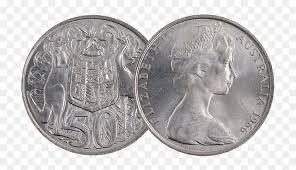
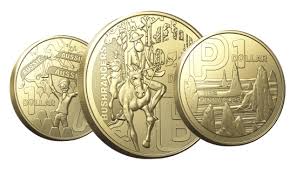
X. Conclusion:
Australia’s coins are more than simply bits of metal, from the unique limited editions of today to the holey dollars of colonial times. These are tales that depict the course of a country’s development and are etched in copper, silver, and gold. Australia’s coins will always be mementos of the past and blank canvases for stories still to be told, even as the country moves forward. The dynamic pulse of a nation’s cultural identity, the resonance of its past, and its heartbeat are all visible to us via the prism of numismatics.

